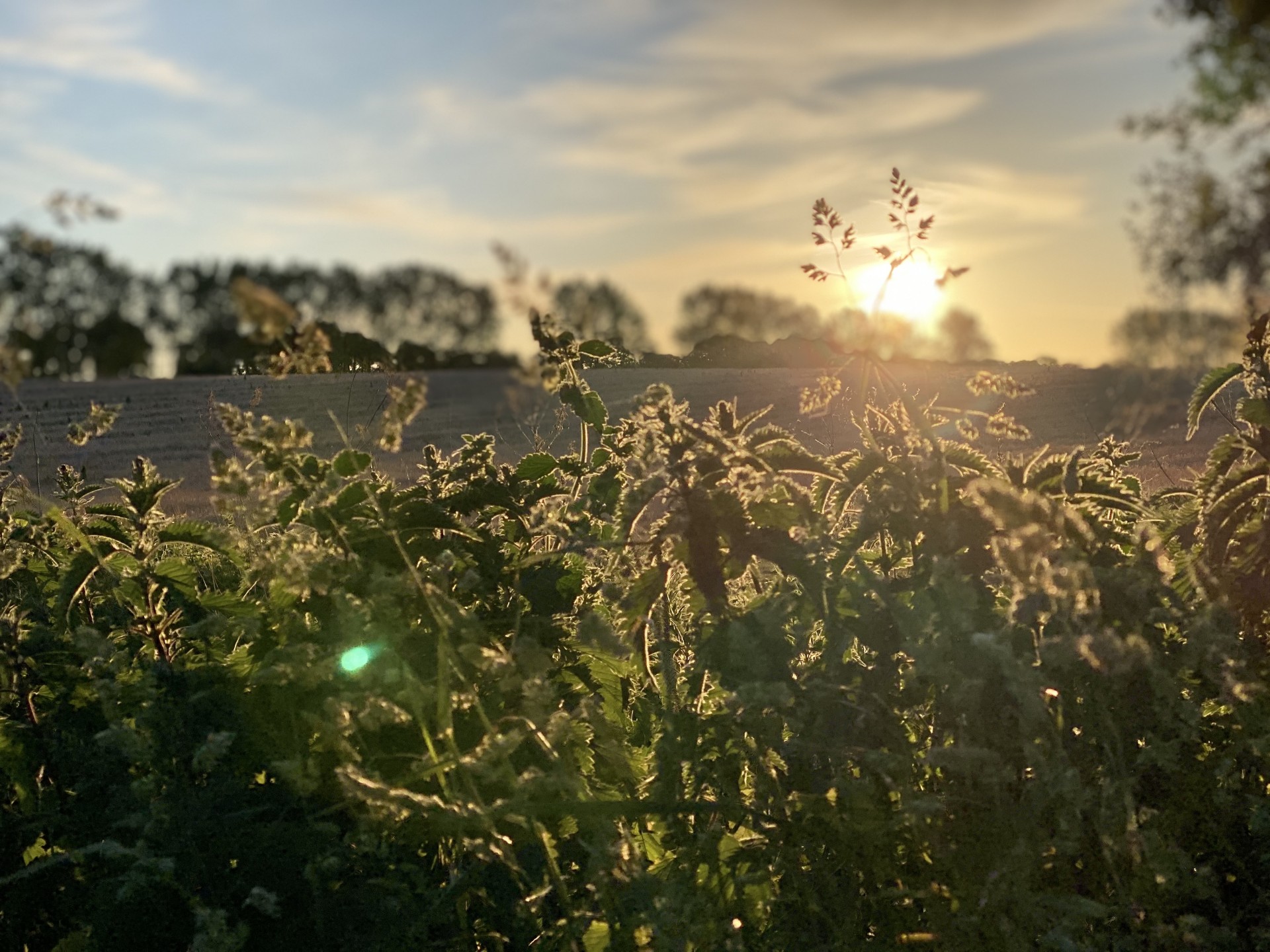
Rewilding Britain
The recent Government-commissioned Dasgupta Review into the economics of biodiversity praised the “significant biodiversity gains” made in Surrey by the Knepp Estate, and said that “allowing ecosystems to regenerate with minimal intervention … has increasingly been shown to be … successful and cost-effective”.
Hopefully, this will herald a big push towards rewilding Britain – following, as it does, the government’s November pledge of £40m for restoring green spaces, and September’s commitment to restoring 30 percent of Britain to nature by 2030.
People may think that we already have plenty of wildland, as our National Parks, Areas of Outstanding Natural Beauty (AONBs), and other protected areas already make up 26 percent of England. But, in fact, our National Parks and AONBs are not particularly valuable for nature conservation in their current state.
Many of these areas support large amounts of arable land that is largely devoid of wildlife. Hills overgrazed by sheep, for example, have very little biodiversity. So the area that’s truly protected for nature is more like 10 percent at present. But what would happen if we actually did the work to return 30 percent of Britain to a more natural state? What would our country look like then? Probably not like you’re now imagining.
A rewilded Britain would not be a pastoral idyll in which we all picnicked amongst Wind In The Willows-style animals. Neither would it be a dangerous place in which apex predators like wolves, lynx, and wildcats were roaming free and invading our dreams. Rewilded land is more benign and less threatening, but it’s also likely to look a bit messy and unloved; a patch of marshland, or the kind of forest that you can’t walk through easily because of impenetrable undergrowth.
In order to rewild, we need to get over our obsession with tidying up the countryside and see unkept as a good thing.
We also need to understand rewilding as the practice of encouraging a wide variety of plants, fungi, birds, and insect life, rather than simply introducing new species of charismatic mammals.
We also need to understand that the greatest value in rewilded land is not just in its burgeoning biodiversity, and the pleasure that can bring us, but also in the other ecosystem services that rewilded land provides. These are clean air, unpolluted water, healthy soil, and even flood protection; rewilded land can hold back rainwater in its soggy embrace. Most importantly, a wild habitat that is left to its own devices is naturally capable of capturing carbon dioxide.
In a 30 percent rewilded Britain, there would certainly be some accessible habitat near urban areas that would be open for the public to enjoy its recreational, educational, and wellbeing benefits. But other pieces of rewilded land might need to be closed to the public.
This could be because they had become home to species that won’t breed if they’re disturbed, or because the ecologists preparing the habitat for rewilding had released longhorn cows, or the great disrupters – Tamworth pigs – to live permanently on the land and trample it down, and these would need to be fenced in.
A rewilded landscape would be much more varied and interesting than the fields of crops and grazed grassland interspersed with the occasional woodland and hedgerows that one sees in Britain at the moment.
In order to achieve this new Britain, we do need more buy-in from farmers, many of whom fear that rewilding means the reintroduction of apex predators – and productive land being taken away from them.
But farmers don’t need to rewild productive land – it’s much more about habitat creation and insect life. They can turn unproductive parts of farms both into species-rich habitat in their own right, but also into corridors, that can link larger rewilded areas.
The wider public also has a part to play. You can rewild your own garden and turn it into a “stepping stone”, where birds and flying insects can stop to rest and feed as they move between areas. All it takes is a pond and a pack of wildflower seeds. And a collective national effort. NOMAD Sea Kayaking will be publishing our carbon footprint (in real-time) for every one of our events, and guests will have the unique opportunity to offset their carbon footprint by planting tree saplings and other inventive and imaginative initiatives. We all have the ability to take action and do our bit.
Our thanks to Jon Davies who is an ecologist and the head of RSK Wilding.
Courtesy of The Independent (16.02.2021)

Since surfing with the pros as a kid in Durban South Africa on my hollow 12ft barge & getting absolutely trashed, I was hooked on sea paddling. Over a period of forty-two years I’ve surfed, white watered & sea kayaked in locations around the world. I've guided as a full-time professional for the past twenty one years & my journey continues.